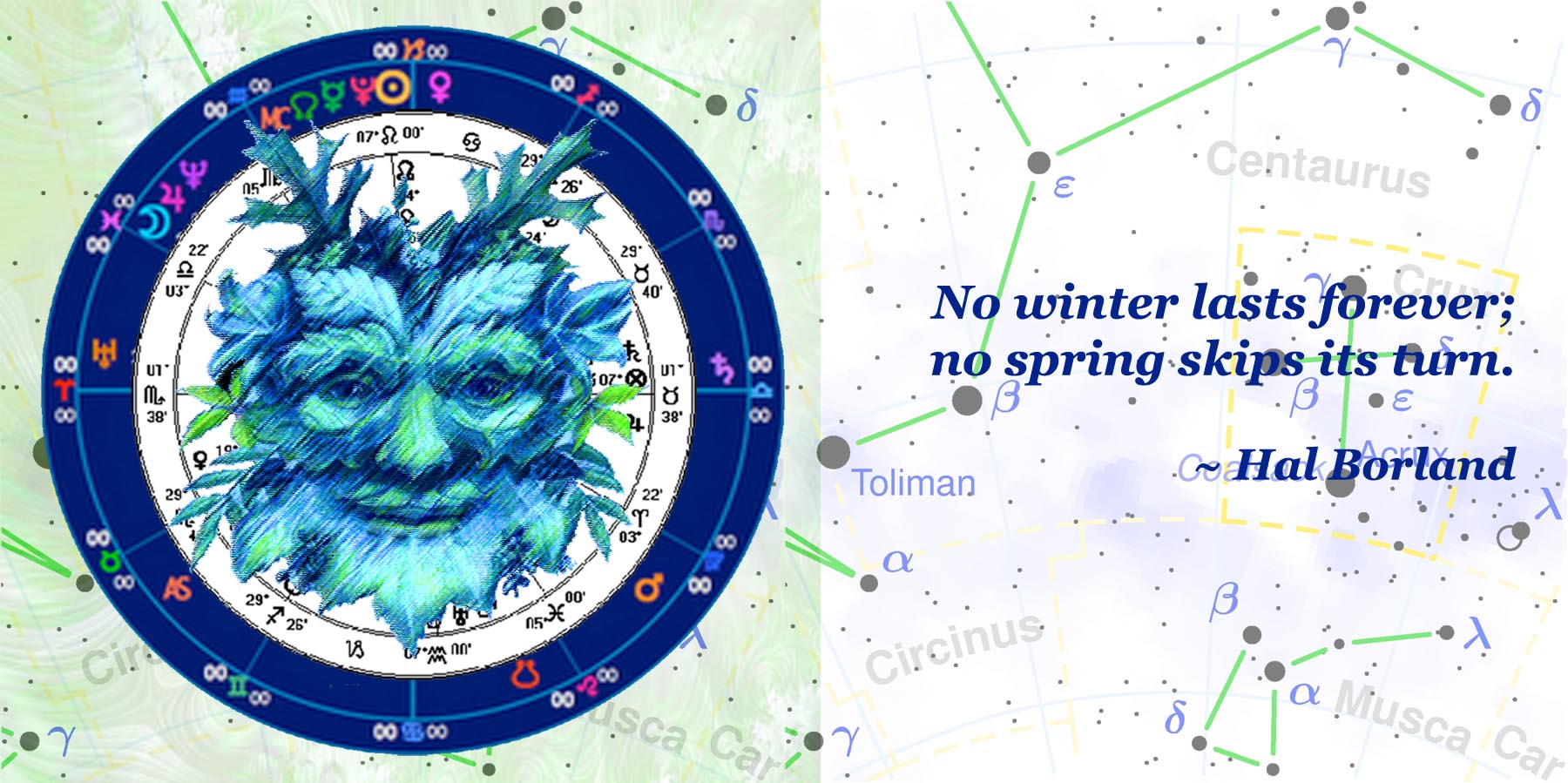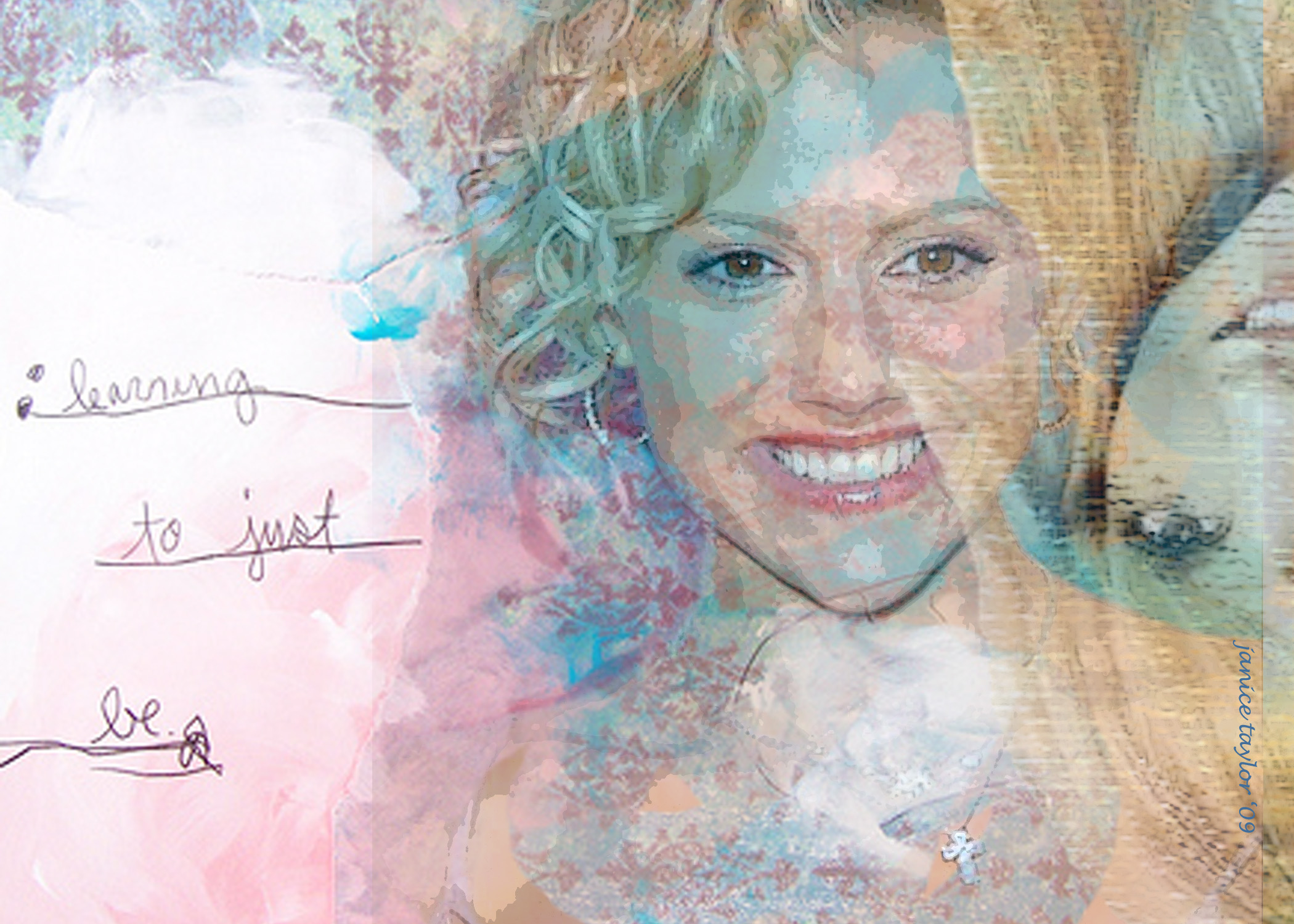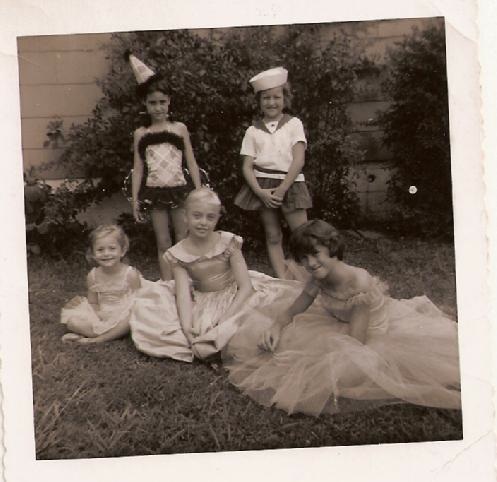
I was chatting with a few of my weight loss clients about the holiday season. Inquiring, of course, as to how they are going to celebrate their holiday, whether it be Christmas, or Chanukah, or Kwanzaa or the New Year. Perhaps Festivus?
One word led to another and the Winter Solstice entered the picture. A perfect day in that it is not infused with gift buying, nor forced celebrations, but rather a day that is ripe with opportunity for rebirth and renewal.
In the northern hemisphere, winter solstice has been an important time of celebration throughout history. It marks the shortest day of the year as well as the longest night. The sun is at its lowest and weakest point, and from this day forward, the light will grow brighter and stronger. It is the turning point of the year. The Romans called it the Birthday of the Unconquered Sun.
To our ancient ancestors, it seemed as if the Sun and Moon had stopped dead in their tracks as they made their way across the sky. The Sun was believed to be a celestial ruler, a male divinity. And the Sun’s rebirth was believed to come out of the Goddess. This predates Christianity. The Church felt that by assimilating this holiday into Christian beliefs, it would help bring in those who followed the old ways.
Winter Solstice is also called Yule. It stems from the Anglo-Saxon “yula” or “wheel” of the year. In pagan rituals, the Yule Log was lit on Winter Solstice’s Eve and burned for twelve hours. This year the winter solstice falls on December 21 at 12:47 PM EST and 17:47 UT (Universal Time).
The Winter Solstice marks a central part of nature’s cycle. It is a time of new growth, rebirth and renewal. It is a reminder that in order to begin anew, the old must end.
It is the time of year when we pay homage to the darkness of life’s mysteries, while still keeping our faith. Spring will come again.
Symbols of the Winter Solstice
Many of the symbols used to celebrate the Christmas season originated from the Winter Solstice celebration. They had deep spiritual significance.
The Yule Log
Lighting a fire acknowledged the return of the sun; its warmth and light and the lengthening of the days. The Pagans believed that good luck would come if the log was lit on the first try and burned for twelve hours.
Mistletoe
Kissing under the mistletoe originated in the late 18th century. The “kissing bush” was an evergreen: either holly, rosemary, pine or yew. Since these plants thrived during the winter, they became symbols that life continued even on the shortest, coldest and darkest of days.
Candles
The use of candles symbolized light and helped to focus the spirit.
The Feast
Food has always been associated with winter celebrations, whether it was Saturnalia of the Romans, the Solstice or Christmas dinner. The winter reminds us that there are lean months ahead. To take part in this feast was a life affirming act. It showed that one had faith in God and Goddess and believed that light and warmth would return once again.
More Celebratory Links:
Water on the Moon Pies
Moon Pie Recipes!
Spread the winter word … NOT the icing,
Janice
________________________________
Does your weight loss chart look like an EKG?
In need of a coach? Write Janice!
Follow Janice on Twitter and/or Facebook!
Join the Our Lady of Weight Loss’s Kick in the Tush Club: Beliefnet Chapter.
Visit: www.OurLadyofWeightLoss.com
www.JaniceTaylorLiving.com

